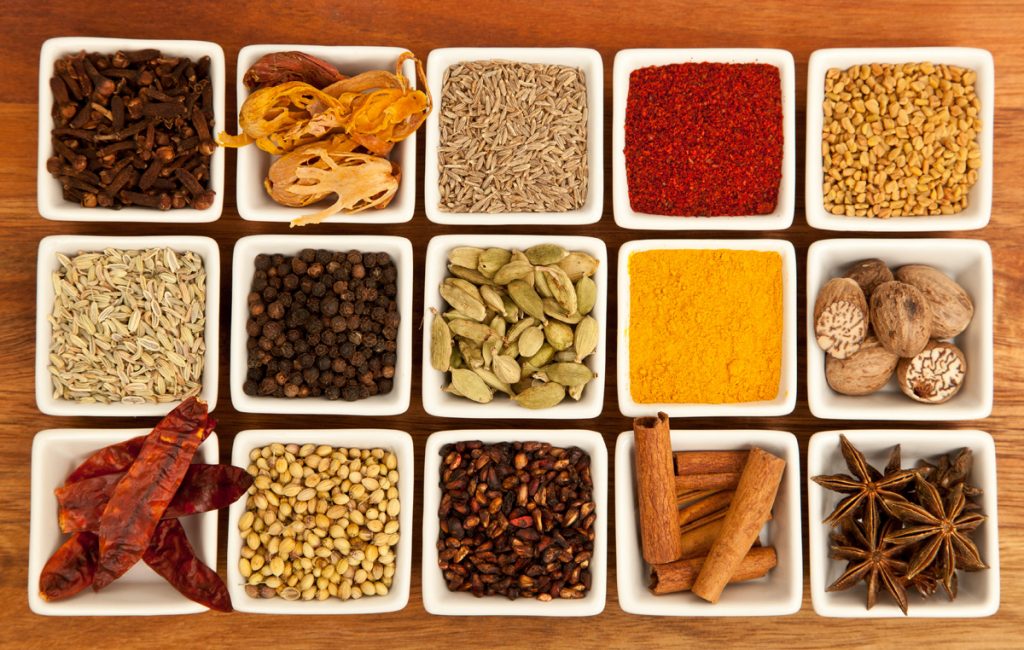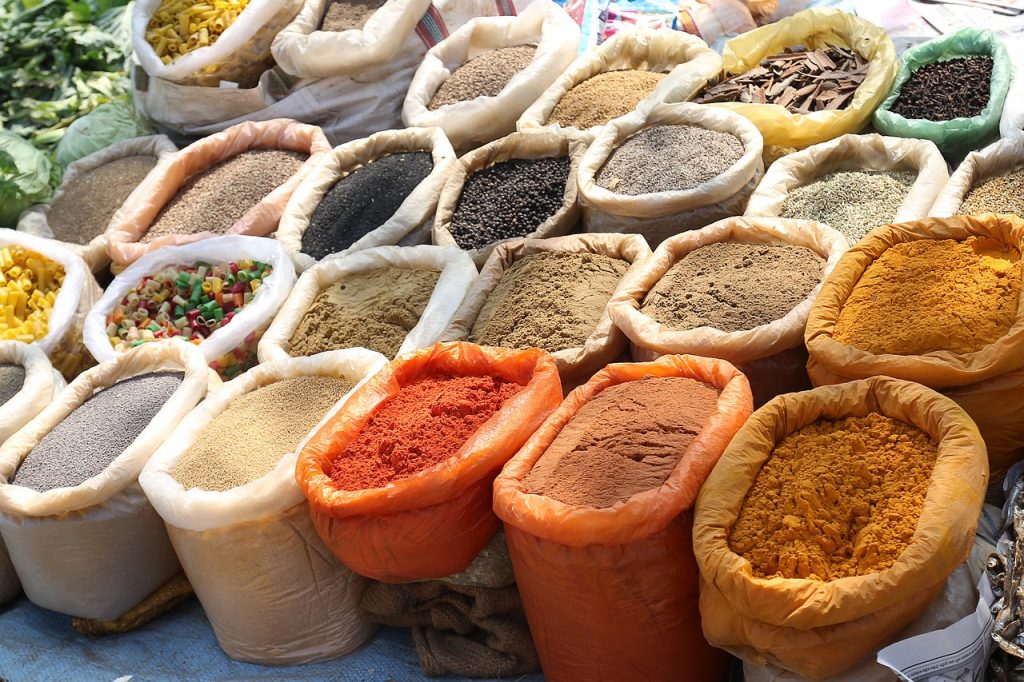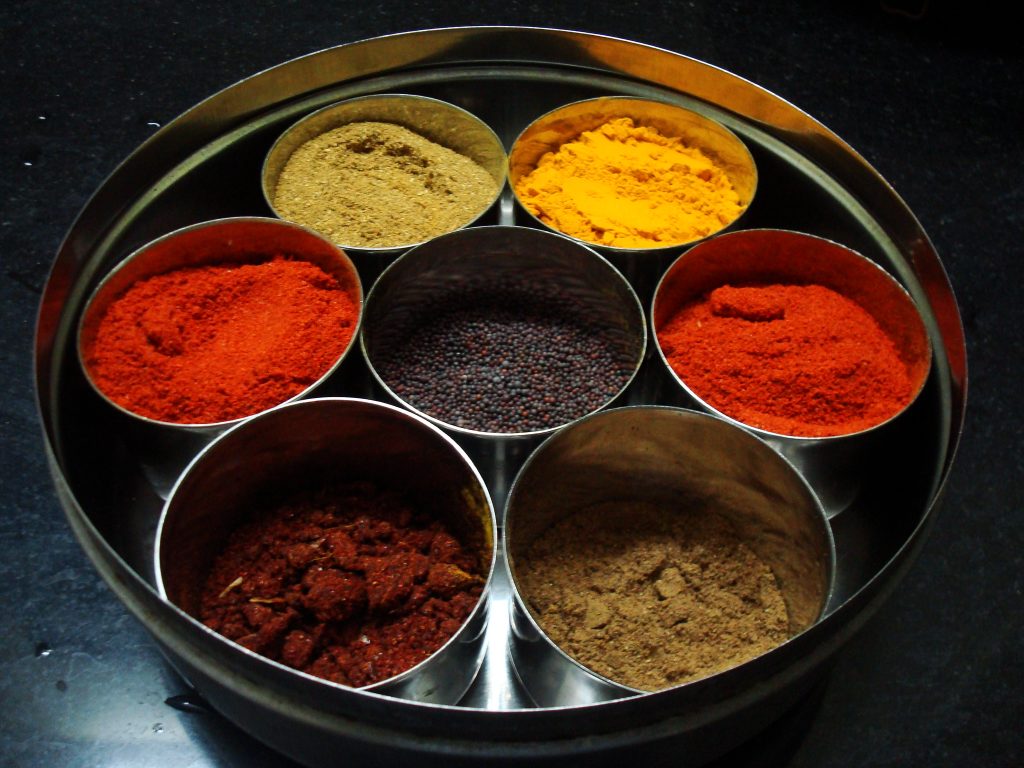A food that is loved by almost everyone around the world is Indian cuisine, and no can deny this. It is said that cooking Indian food is nothing less than an art and art should
A food that is loved by almost everyone around the world is Indian cuisine, and no can deny this. It is said that cooking Indian food is nothing less than an art and art should always be appreciated no matter where you are. As one of the most culturally rich nations in the world, India is home to several different cultures and numerous languages. The first thing that comes to the mind when India is mentioned is the vibrant colours and spicy food, incredible hospitality, and so much more. From the Goan beaches to the picturesque hills of the Uttrakhand, India is a country where you ought to spend a holiday. Well, at least a bite of this amazingly delicious food is a must!

Stroll down History!
But what makes the Indian food and cuisine a hit wherever they go? Well, the secret lies in the method of cooking and more importantly, the SPICES. Spices are to Indian cuisine what olive oil is to Italian cuisine! If you want to know how essential spices are to Indians, well then let’s take a stroll down memory lane and discover the love affair between India and spices! For over 7,000 years, India has grown and traded her resources as being the region that is the richest when it comes to spices.
Along with perfumes and textiles, spices were the key part of India’s trade with China, Mesopotamia and Egypt. The 15th century saw the Arab traders supplying the spices to the West all while keeping their source a secret, but eventually, it was discovered that the true origins of spices were from India. There were long expeditions and quests to acquire those valuable ingredients. Spice trade brought in many traders and invaders that spices were valued higher than gold.
Today, even if Indian spices are available in every nook and corner of the world, the authenticity of buying spices from an Indian market remains the same. As the largest producer of spices in the world, India is now known internationally for its quality and diverse variety of spices.

The Biggest Hub
Full of aromas and fragrances, Indian spices are derived from different states such as Punjab, Gujarat, Uttar Pradesh, Himachal Pradesh, Kerala, West Bengal, and so on. These states are the biggest hub for the growth and development of spices, as the value and demand of spices do not limit to India. The huge demand for Indian spices is normally from foreign countries. If you are visiting an Indian spice market, the experience will never be the same every time, and that is a guarantee that every vendor gives. You are greeted with an array of exceptional ingredients rich with a generation of history that is passed on from generations to generations. One skill that you will need to master when visiting a spice market is the skill of negotiating. It is not similar to the ones that you usually do; this one is a more extensive one with more determination and conviction upon what you are offering to the vendor. It is quite rare that you will get vendors who give in. One thing is sure that you will return from the spice market with spices that you might have never heard of or tasted before.
What Are the Best and Essential Spices?
It is not surprising to find a masala dabba – an Indian spice box- in every Indian household you visit, even restaurants have it. This spice box is round and made of stainless steel that contains seven individual stainless steel bowls. There is a measuring spoon, and the lid is tightly closed so that the spices are not mixed up. No Indian kitchen is complete without these spices, and they are a vital part of everyday cooking. Let’s go and find out the essential spices:

- Cumin seeds – Also known as jeera, black cumin, royal cumin. It is a basic Indian spice that is usually used in the North Indian food for its intense and distinctive taste. Roasted cumin releases more aroma and gives the dishes a sweet flavour. Cumin can be used both whole or in powdered form. It is one of the main ingredients in the popular mixed Indian spice called Garam Masala.
- Coriander seeds – Mainly used for its fresh, soothing and cooling taste, these seeds are very light in weight and have a mild flavour. Coriander seeds and leaves should never be mixed up. Coriander can be used in a similar way as cumin, and the roasted coriander powder enhances the taste of any dish.
- Turmeric – An Ayurvedic staple, turmeric is similar to ginger-root but is orange-yellow colour when cut. This spice is used mainly in Indian dishes for its medicinal properties and for the beautiful colour it gives to the dishes. Turmeric is a wonder spice that is used throughout Asia to treat several other ailments.
- Chilli powder – Red chilli powder is a staple that is found in almost every Indian food that you know. Made from spicy ground chillies, it is often hotter than the chilli powder available elsewhere. It also has a pungent, hot aroma with a strong bite to it.
- Asafoetida – Though it is popular in vegetarian dishes, this extremely fragrant spice is used in non-vegetarian and vegan foods as well. It has a very strong and pungent scent that lingers in the kitchen for long. This spice is mostly used in the Southern parts of India.
Where to Go for Authentic Indian Cuisine?
As one of Melbourne’s finest Indian restaurants, Curry Vault is the best place for an authentic Indian meal. With a wide range of traditional and modern Indian cuisine, you are expected to be treated as a family member, and you can also choose from a variety of food available.


One thought on “The Importance of Spices in Indian Cuisine”